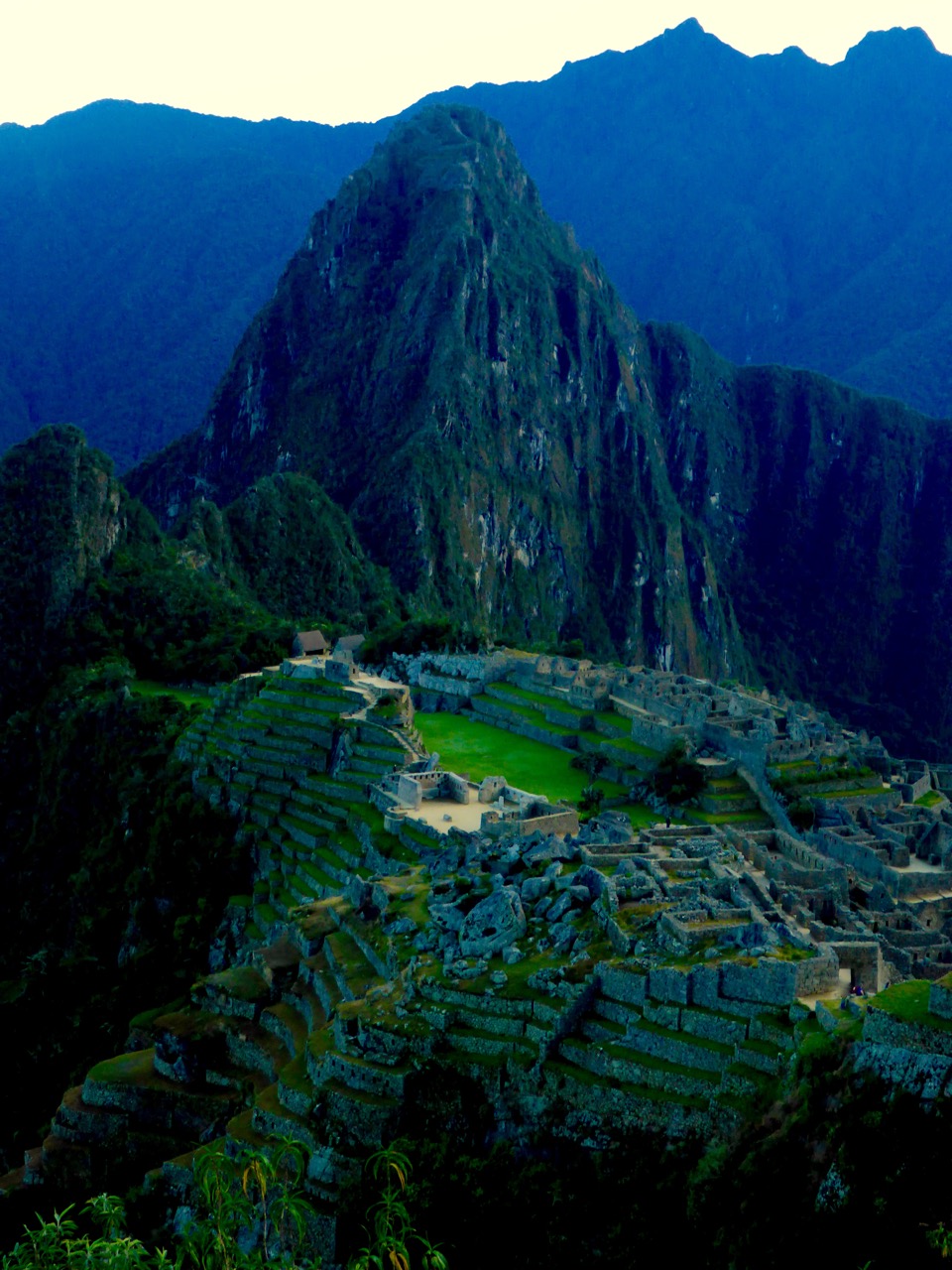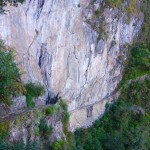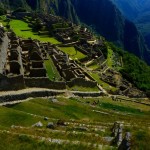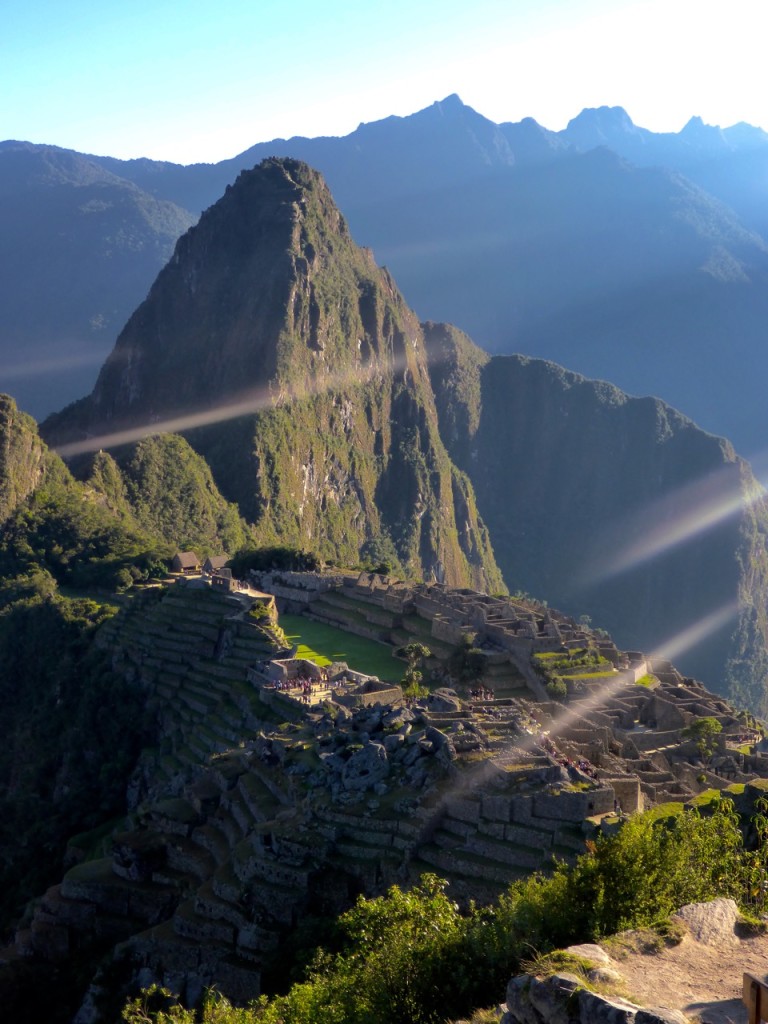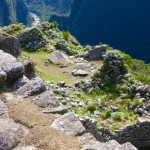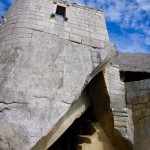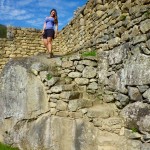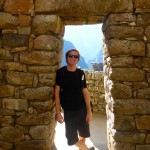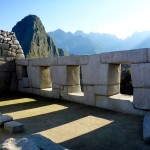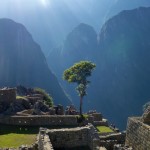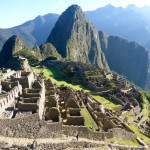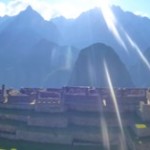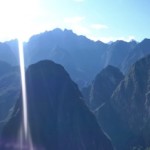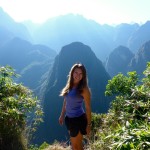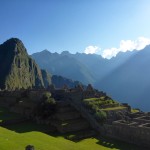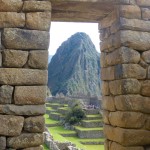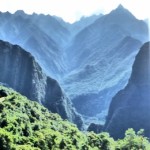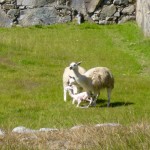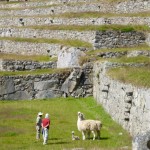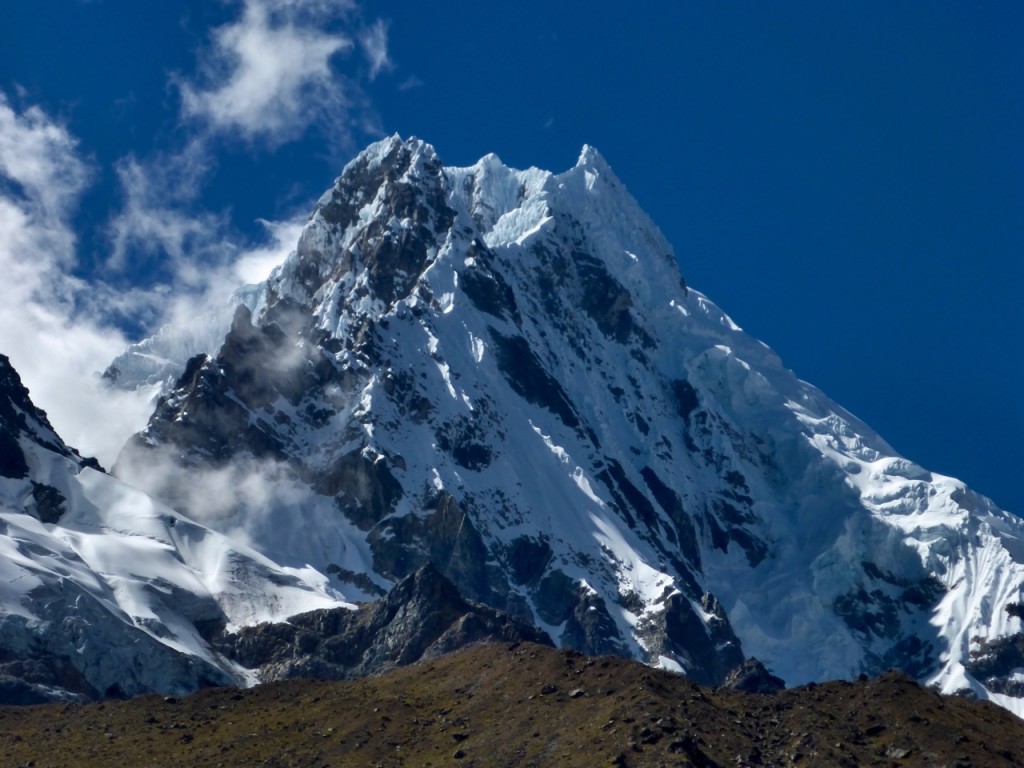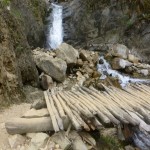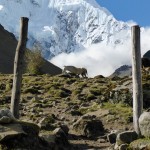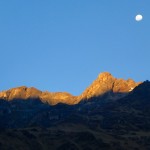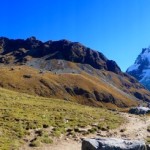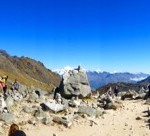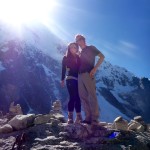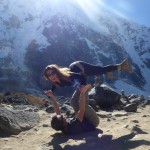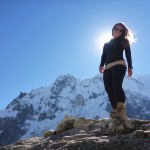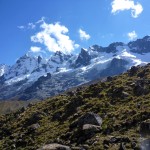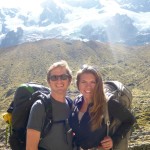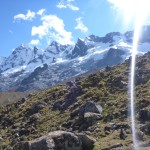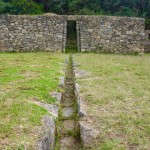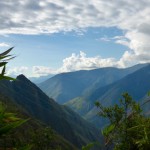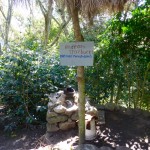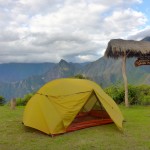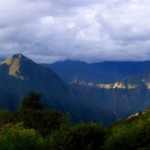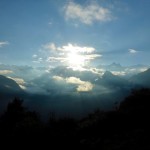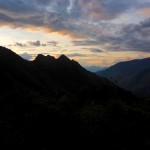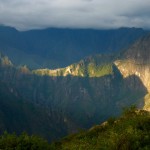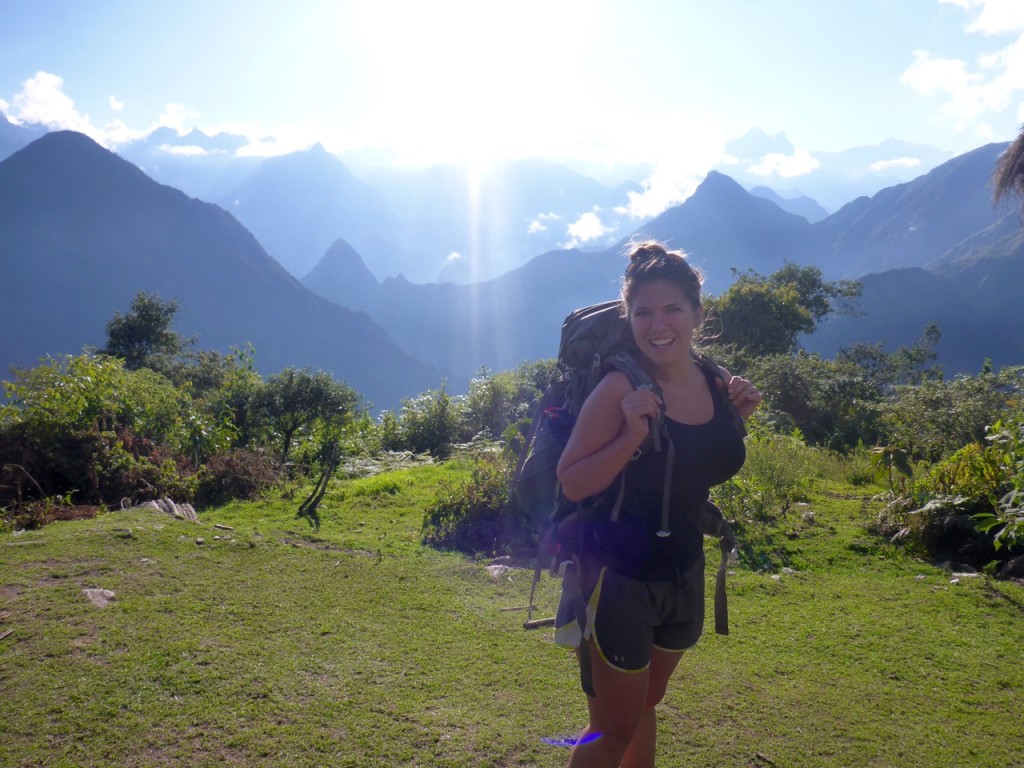After trekking into Aguas Calientes and hearing about the hour and a half hike up the hill from town to Machu Picchu, and knowing that we had to catch our ride back to Cusco in the early afternoon, we decided it made the most sense to just buck-up and pay for the bus ride up the hill. $26 USD apiece round trip… for a 20-minute bus ride. That’s on top of the Park entrance fee and whatever else you spend to get there. Needless to say it’s not a cheap place to visit. #Extortion
Nonetheless we are up at 5am and waiting in line for the bus when the nice lady comes buy to check our tickets and our passport.
“Tickets? I know I put them in one of these pockets. Crap! Liz stay inline I’ll run back to the hostel and grab them from the backpack.”
10 minutes Later I came back and said something like this.
“I lost them. Explicative. Can’t find them. Explicative. They’re gone. Explicative. They must be in Cusco where we bought them. Explicative.”
I am officially the loser now.
Liz stayed calm and said something to the effect of “Calm down and go check and see if they can reprint them in the park office.” I run off to the office is open (amazingly) and they were more than happy to look up my passport number and reprint the tickets for me.
My heart was still racing the whole bus ride up the hill and for probably an hour after. So once we got into the park it felt a little more like Disneyworld than an ancient city. Hundreds of people everywhere, lines, tour groups with bicycle flags. We wisely made our way away from the hordes of people and followed signs towards “Inca Bridge.” Sounded interesting enough and was the opposite direction of everyone else. We were rewarded with a narrow path build right into a cliff face that worked it’s away around the mountain and then ended at a bridge that appeared to be a defense mechanism. Run across the bridge, remove the boards, enemies are stuck. Pretty cool.
We spend the rest of the morning wandering around the massive maze-like city. Taking a ton of photos and overall just being awed at their ingenuity and the beauty of the valley.
We had learned a bit about Inca construction from our walking tour in Cusco so it was cool to see it play out on a grander scale. As with most everywhere else, the more important things are constructed better. The temples and “important places” are constructed in a way that the rocks fit perfectly together, with almost no gap. Where as common houses etc, while still built well, definitely don’t have the same attention to detail. Even still it’s amazing what has stood the test of time. While a lot of Machu Picchu has been reconstructed, with a little wandering we were able to find some areas that hadn’t been rebuild yet, and they’re surprisingly intact for their age.
It was also pretty amazing seeing how the Incas worked with the landscape. From the dozens of levels of terraces build right into the side of the hill to using the giant boulders in their construction – they really made use of what they had to work with.
One of the things that we didn’t expect of the sacred valley (though I guess we should have by the name) was just how cool the valley itself is. Machu Picchu sits on this little shoulder between two small peaks on a peninsula in the middle of this valley that is completely surrounded by rows and rows of mountains in every direction. Makes it pretty obvious why the Incas picked this spot for Machu Picchu.
As we were making our way toward the exit to catch our bus we came across a pair of llamas that had just given birth and got to see a baby llama take it’s first steps on a terrace at Machu Picchu. We felt kinda special.
